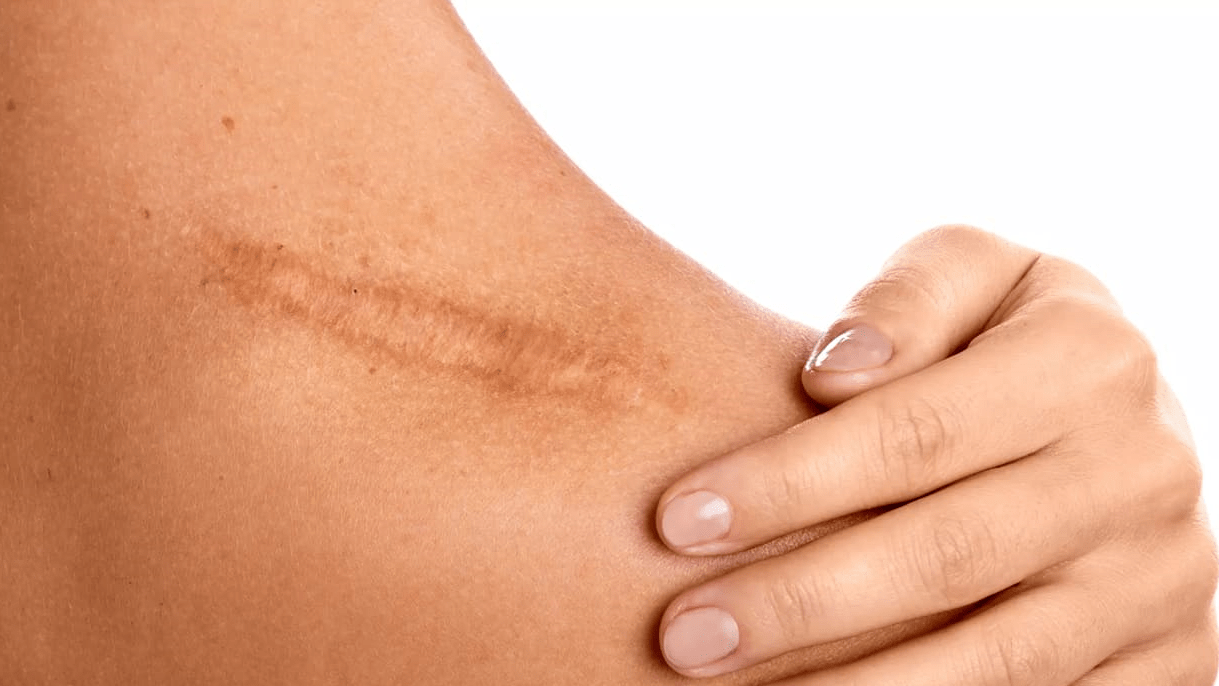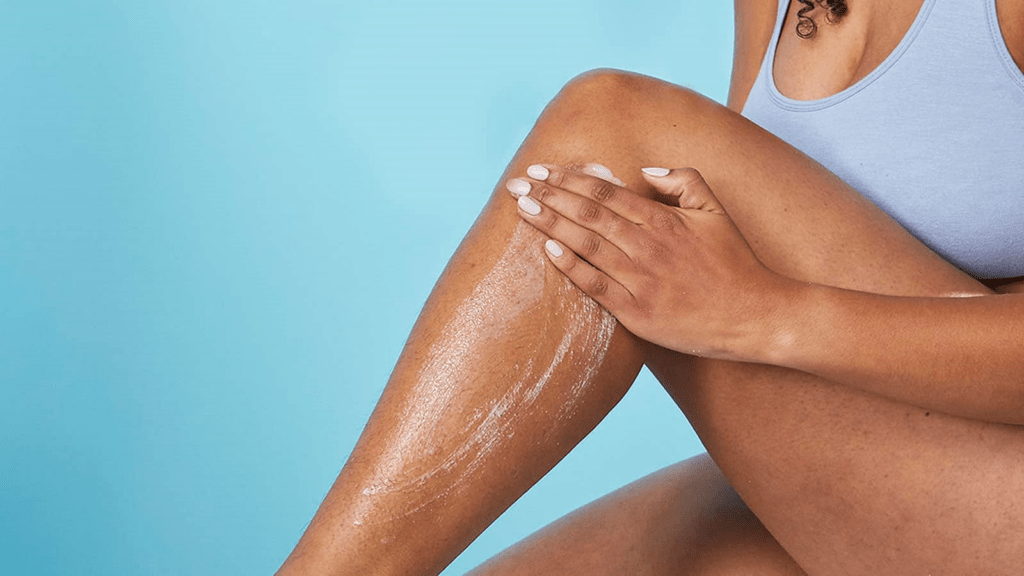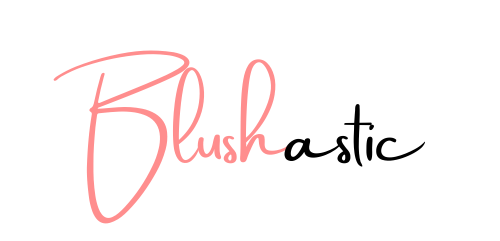Does any part of your body bear a scar? If you have it and want to get rid of it, you may want to figure out its origin and type. Exfoliating is an astounding process that seemingly returns us to our concealed glow. But the pertinent age-old question still burns. Does Exfoliating Help With Scars? It looks like we have come closer to unveiling its final answer today. And you get to know about it, too, as we meander through the different kinds of scars, exfoliators, and their treatments in the article.

Exfoliating scars has its list of pros and cons. As we gradually descend here, you may realize that the ultimate answer is more complex and intertwined than you think.
Contents
Does Exfoliating Help With Scars? | Does It Help?
Scars result from excess collagen production onto our skin. Our body constructs tissues to compensate for the damaged skin after an accident, surgery, pimple, or injury. It is the natural healing process of our body. You can identify the scars based on their qualities (painful or painless), color, texture (raised or depressed), and location on your body. Let’s see our first kind of scar.
Types of Scars
Surface-Level Scars have minor cuts or everyday abrasions. Our leisure activities of cooking, gardening, playing, etc., can give us little slits and scratches. Some minor cuts take a few days before healing completely. But a few may bear a more profound injury or blemish, scarring the wounded area later.
Contracture scars are the post-burn scars that gradually contract after the traumatic incident. The skin does not appear to have a normal texture as it shrinks the muscle around the injury. Blisters and burns later progress into contracture scars. It can happen anywhere in the body (like the neck, elbow, tendon, and joints) that faces the trauma.

It may inhibit your regular movement when the flesh around the bottom part of the neck or joints bears them. Doctors treat them with skin grafts, where they cut a part of your unaffected skin to apply to the injury.
Acne Scars, like stretch marks, take place in the shape of atrophic scars (that you see here later). The post-inflammatory acne scars may leave marks that have pink, brown (pigmentation), or white color. You will most likely have permanent acne scars if you squeeze or pop them.

You can commonly see veiny or flesh-colored stretch marks on hips, breasts, abdomen, and calf muscles. They occur during puberty, pregnancy, or during weight gain and loss. When our elastin and collagen (protein fibers) tear up, the muscles around them expand or contract rapidly, causing stretch marks.
Atrophic Scars are depressed scars that form below the skin’s level. Due to the underproduction of collagen and loss of the epidermis, they remain below the skin’s surface. Under this category comes narrow ice-pick scars and a few millimeters deeply indented within our skin. They appear as if the affected skin has a few holes in them.
Rolling scars that look loosely coiled are also a kind of atrophic scars, wherein their bottom part remains chained to the subcutaneous tissue (deepest skin layer). Next, we have box cars that look box-like or oval. These defects have sharp edges underneath the skin.
Keloid Scars spill over the injury area and cover more skin surfaces. It extends beyond the initial wounded space. Generally, our body heals from cuts or pimples. But in some cases, the healing process continues even after the repair period is over. The fibrous tissue and collagen over-builds and cause keloid and hypertrophic scars. Did you know that the possibility of your child developing a keloid after injury multiplies when you have had it during your lifetime?
Plus, keloids have severe itching associated with them, and the scars may worsen after one year. If you tend to develop keloids, consult your local doctor to perform radiation on the spots immediately after excision to limit the chances of your scars turning into keloids. Though there are treatment options, the wounds may worsen too. So, consult your dermatologist before performing any cosmetic procedures.

Hypertrophic Scars are the opposite of Keloid scars. Unlike atrophic or depressed scars, hypertrophic scars rise above the skin level. Due to the overproduction of fibrous tissue and collagen, these scars raise bumps within the walls of the wounds and do not spread outside the wounded area. They only grow height-wise above the wounds or incisions and won’t worsen after six months. Even if these scars itch, they aren’t severe.
Types of Exfoliators
Exfoliators help in clearing up the existing dead skin cells from your body. It aids you in gaining a brighter skin tone and a smooth texture. Regular exfoliating up to 2-3 times a week eventually brings more radiance to the skin by increasing cell turnover and decreasing skin dullness. Choose a gentle exfoliant if you have sensitive skin or are prone to acne or sunburn. But for oily skin, more potent exfoliants pair up nicely.
Also, change your exfoliants according to the seasons. Summertime brings sweat and extra residual sunscreen that calls for a potent scrubbing agent, whereas dry winters require less. Always perform a patch test beforehand to see if the product or process has side effects. Generally, there are two types of exfoliants – Physical and Chemical.
Physical Exfoliators manually exfoliate the skin and bring instant results. You can perform physical exfoliation at home using a loofah, face mitt, washcloth, or body brush. Some skincare products contain tiny grains of sugar, salt, sand, coffee, or jojoba beads that are gently abrasive to mitigate dry and dead skin layers. Folks with mature, sensitive, or dry skin may use these mild exfoliators.
A few professional methods of strong exfoliating by dermatologists include Microdermabrasion (sanding the skin to smoothen it), Dermabrasion ( aggressive Microdermabrasion), and Dermaplaning (shaving the top layer of skin). Excessive oily skin conditions can require more potent exfoliating treatments. Harsh scrubbing often brings micro tears and induces oil production that is not helpful during acne. Therefore, only use physical exfoliators that have fine-grained elements.

Chemical Exfoliators do not need manual touch as they work by breaking the bond between dead skin cells, causing them to peel off. They are not only less harsh and penetrate more deeply than physical exfoliators but also give an even application with added collagen production. But they may cause increased sun sensitivity and skin irritation. So, use your moisturizer and sunscreen regularly.
Mainly, they have hydroxy acids (Alpha Hydroxy Acids and Beta Hydroxy Acids) and fruit enzymes. AHAs have Glycolic Acid that best suits normal to combined skin types and Lactic Acid for dry, sensitive, or mature skin types. These AHAs are water-soluble and more absorbable. They help in peeling off the residual skin flakes.
BHAs like Salicylic Acid helps to fight off bacteria and reduces inflammation which is more helpful to oily and acne-prone skin. Exfoliants of some fruit enzymes mildly work to break skin protein and may aid sensitive-skinned folks. You can even opt for chemical peels, wherein your doctor applies a solution on the skin to slough off the top layer.
The Solutions
There are various surgeries and cosmetic procedures to tackle scars. Exfoliation can help reduce the blemish by a superficial scar.
- Your doctor may prescribe tretinoin or other topical creams for stretch marks. Moreover, laser therapy, Microdermabrasion, and chemical peels also aid in diminishing them.
- The different levels of chemical peels (light, medium, deep) deal with atrophic acne scars and lessen their visibility. Choose gentle exfoliant methods if your skincare routine already has retinol or hydroxy acids.
- Microneedling Therapy (inserting needles into the body to prompt natural healing agents), Punch Excision (treat ice pick scars), and Fillers also treat atrophic scars.
- Cosmetic procedures like Microdermabrasion and Dermaplaning minimize acne scars and blemished skin. They also treat wrinkles, age spots, and discoloration.
- The treatment for contracture revolves around the release of contracted muscles by a cut or excision and skin graft – the application of new skin from the healthy body part over the affected area.
- Though hypertrophic scars do not need treatments due to negligible complications, your doctor may prescribe topical retinoids, elastic bandages, or excision if required.
- Keloids usually trigger infections or ulceration, for which your dermatologist may suggest steroid injections, or different therapies like radiation or laser, depending upon your condition. Even after the treatments (like excision or skin grafting), keloids have a high recurrence rate.
FAQs | Does Exfoliating Help With Scars?
Look at this space! The vital questions go amiss as you navigate the overwhelming information on the internet around the topic. Here is the compilation of the oft-asked queries to address your potential concerns.
Does peeling help with scars?
The medical professional applies a robust chemical solution to your skin in chemical peeling. As you saw above, the solution contains exfoliants like AHAs or BHAs. You may choose light, medium, or deep peeling options depending on your skin condition. If your scars are mild, they may go away quickly. Nonetheless, the persistent scars (like stretch marks and others) will only fade but won’t completely disappear.
Does exfoliating help with scars on the legs?
Yes, exfoliating helps to reduce the residue of some wounds and scars. You can use exfoliating products with salicylic or glycolic acid on your legs. The discolored blemishes loosen their grip on the skin with cleansing, scrubbing, and moisturizing. Exfoliate your legs once in three days. Take care while shaving, as razor bumps are real. You can even opt for chemical peels to lessen the scars on your legs.

Should you exfoliate scars?
It would help if you exfoliate to remove faint scars and mild scratches on your skin’s surface. Though exfoliants won’t work well on deep wounds or lasting cuts, light marks from first-degree burns or acne scars notice reduced texture visibility. As exfoliation removes the unwanted layer of dead skin cells, your cleaner skin surface from beneath rises to the top. The other benefits include heightened cell turnover, a pure, bright skin tone, and dimmed look of scars.
What is the best way to exfoliate a scar?
There are many ways to exfoliate that can bring in effective results. You can manually treat it with cleansers and scrubbers or use chemical exfoliants like AHAs and BHAs. The best way you should go is to consult a dermatologist to get customized treatment options.
Does exfoliating help with acne scars?
Yes! Exfoliating helps with acne scars. The exfoliating acids and chemical peels often deal well with stubborn acne scars. Still, you only sometimes get the results. As I mentioned above, some wounds may require laser treatments or cosmetic procedures to eliminate them wholly.

How can I lighten my skin after scars?
Some laser treatments and cosmetic processes address even toning the skin and brighten it too. Apart from the daily hygiene routine and following essential skincare tips, your scars may undergo different types of exfoliation (suiting your skin condition) before lightening up.
Concluding Notes
Now, if someone asks you this question. Does Exfoliating Help With Scars? You know what to say. It is clear that exfoliation aids in fading the scars but cannot remove them altogether. The keloid and hypertrophic scars need treatment by a medical professional. You can exfoliate their residual spots only after their complete healing. Though chemical exfoliation helps in atrophic acne scars, they have chances of skin irritation and other side effects like redness, dryness, or flaky skin.
A patch test is mandatory before trying out any exfoliant for your skin type. Avoid exfoliating during sunburn, open cuts, or ripe wounds. If you have sensitive skin, exfoliate only once a week. You may know what kind of scars you have from this article, but visit a board-certified dermatologist for practical and personalized treatment.
If you want us to address your doubt, ask them away in the comments section below, and we will reply soon.
Rebecca is a skilled writer with a passion for makeup and skincare. With years of experience in the beauty industry, she has a deep understanding of the latest trends and products and a talent for creating engaging content that resonates with her readers. Whether she’s writing about the latest skincare products or sharing her favorite makeup tips, Rebecca’s writing is always informative, entertaining, and inspiring.
